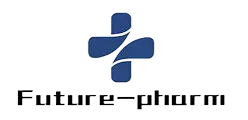
Revolutionizing Drug Safety: The Future of Pharmaceutical Testing in Modern Medicine
The landscape of drug safety is undergoing a profound transformation, driven by advancements in technology and a growing emphasis on patient well-being. Pharmaceutical Testing has become a cornerstone of modern medicine, as the global pharmaceutical industry invests significantly in innovative testing methodologies to enhance drug efficacy and reduce adverse effects. According to a report by Deloitte, the pharmaceutical sector is projected to allocate nearly $250 billion annually towards research and development by 2024, reflecting a commitment to improving safety protocols and accelerating the drug approval process. This shift includes the integration of artificial intelligence and machine learning in testing regimens, which can expedite the identification of potential risks associated with new medications. As we look to the future, it is imperative that the evolution of Pharmaceutical Testing not only meets regulatory standards but also aligns with the ethical responsibility of safeguarding public health and fostering trust in medical advancements.
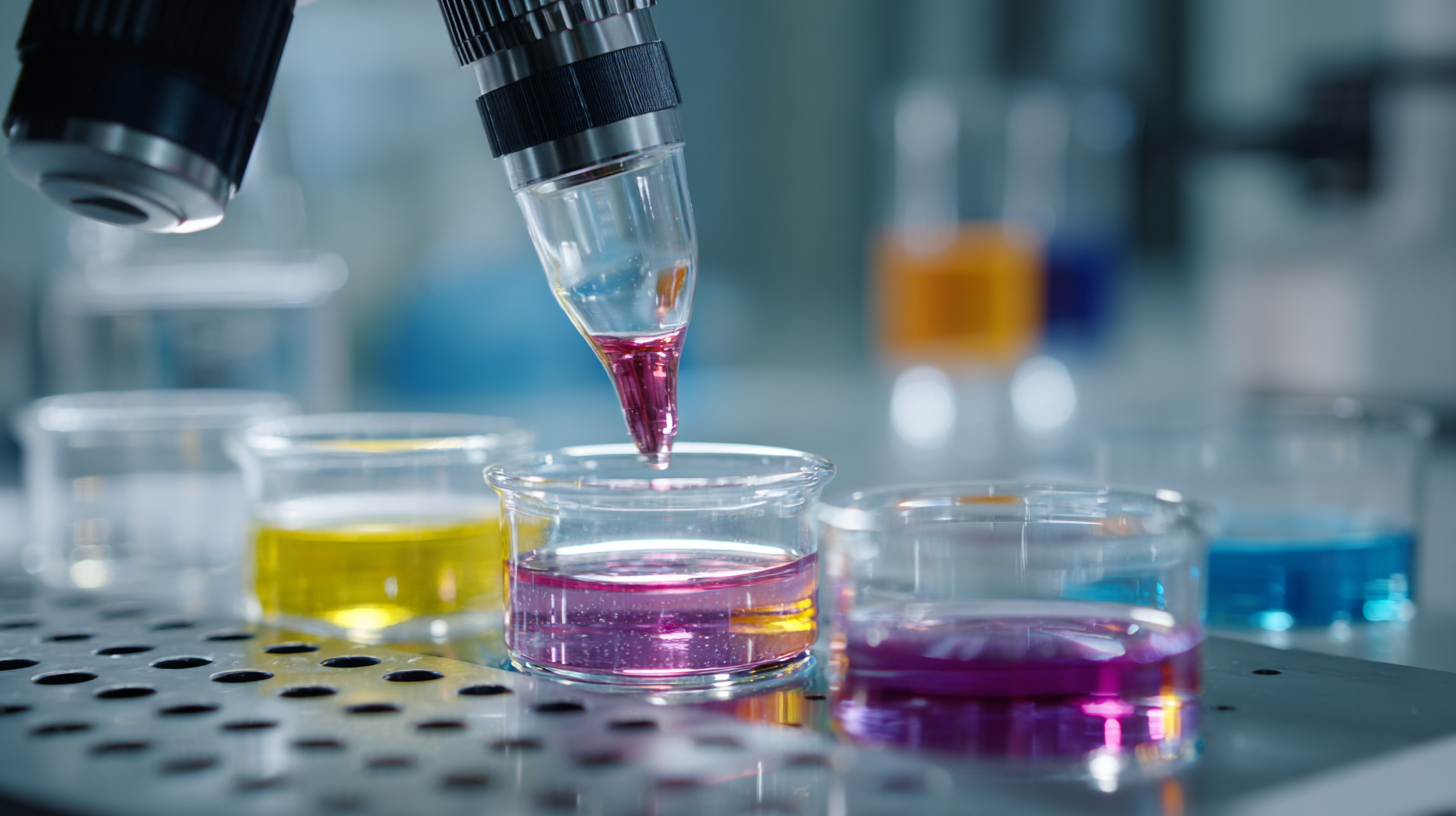
The Role of Digital Technology in Enhancing Drug Safety Protocols
Digital technology is playing an increasingly vital role in enhancing drug safety protocols within modern medicine. The integration of advanced data analytics, artificial intelligence, and machine learning facilitates the thorough analysis of vast datasets, allowing for more reliable predictions regarding drug interactions and patient responses. These technologies enable pharmaceutical companies to identify potential safety issues earlier in the testing process, thereby reducing the risk of adverse effects post-approval.
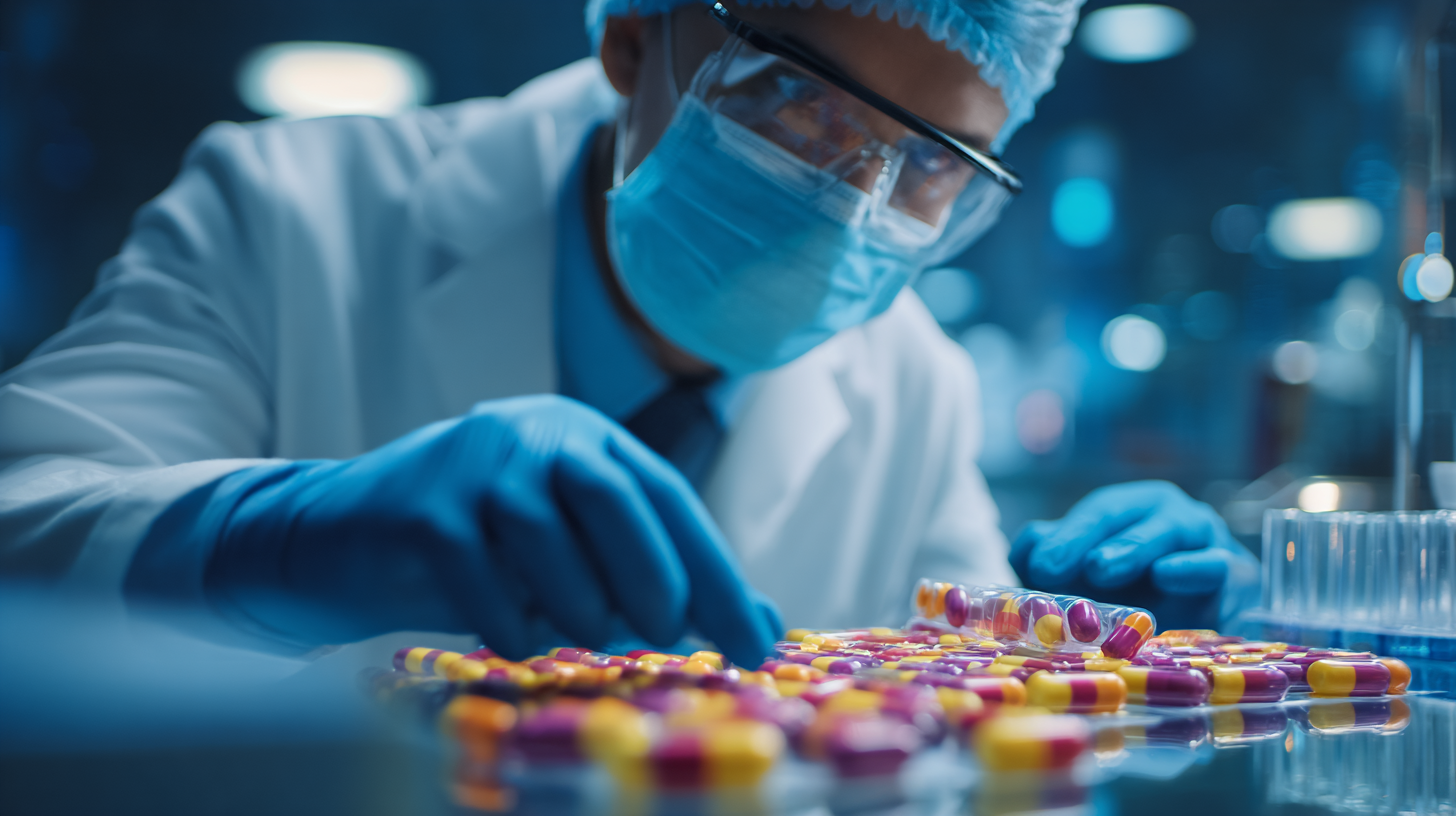
Moreover, digital platforms enhance communication and data sharing among researchers, regulatory bodies, and healthcare providers. By utilizing electronic health records and real-time monitoring systems, stakeholders can track drug performance and safety in diverse populations more effectively. This collaborative approach not only streamlines the testing phase but also empowers regulators to make informed decisions based on comprehensive, up-to-date information, ultimately leading to a more robust and responsive drug safety ecosystem. As these technologies continue to evolve, they promise to reshape pharmaceutical testing, ensuring that patient safety remains at the forefront of drug development.
Innovative Testing Methods Revolutionizing Pharmaceutical Development
The landscape of pharmaceutical development is undergoing a significant transformation, driven primarily by innovative testing methods that harness the power of artificial intelligence (AI) and machine learning (ML). These technologies streamline the drug discovery process, allowing researchers to process vast amounts of data, identify potential drug candidates more efficiently, and predict their interactions with biological systems. AI models can analyze diverse datasets, reducing the time and costs traditionally associated with drug development while improving the accuracy of predicting safety and efficacy outcomes.
In addition to AI and ML, advancements such as quantum computing promise to revolutionize pharmaceuticals at the molecular level. This technology enables researchers to conduct complex simulations and analyses that were previously unfeasible, leading to a faster and more efficient drug development pipeline. Furthermore, innovative methods like Click Chemistry offer rapid synthesis of critical compounds, enhancing the speed of drug discovery. As these cutting-edge technologies converge, they are poised to redefine the future of pharmaceutical testing, making drug development not only faster but also safer and more tailored to patient needs.
Big Data Analytics: Predicting and Preventing Adverse Drug Reactions
The future of pharmaceutical testing is rapidly evolving, driven by the integration of big data analytics and artificial intelligence (AI) into drug safety protocols. In 2024, the global drug safety market is projected to reach a staggering $8.32 billion, with expectations for robust growth to $9.35 billion by 2025 and an impressive $23.45 billion by 2032. This surge, reflecting a compound annual growth rate (CAGR) of 14.0%, underlines the increasing significance of technology in predicting and preventing adverse drug reactions.
Traditional Chinese medicine (TCM), with its rich heritage based on the balance of "Qi" and yin-yang theory, is being transformed through modern approaches. Researchers are establishing intelligent databases that harness AI's capabilities to analyze the vast knowledge of TCM, facilitating innovation in health management and disease prevention. By merging AI with TCM, challenges of drug safety, such as adverse reactions, can be forecasted, enabling a proactive stance in pharmaceutical testing and ushering in a new era of safer medication development.
Revolutionizing Drug Safety: Adverse Drug Reactions Prediction
The Impact of AI on Streamlining Drug Testing Processes
The integration of artificial intelligence (AI) into pharmaceutical testing is transforming the landscape of drug safety and efficacy assessment. By leveraging advanced algorithms and machine learning techniques, AI can analyze vast datasets to predict the potential outcomes of drug interactions and side effects faster and more accurately than traditional methods. This capability not only accelerates the drug discovery process but also enhances the reliability of results, significantly reducing the likelihood of adverse events in clinical trials.
Moreover, AI facilitates the optimization of testing protocols by identifying patterns and correlations that may go unnoticed by human researchers. Through predictive modeling, AI can streamline the selection of candidate compounds, evaluate their pharmacokinetics, and assess their toxicity profiles earlier in the process. This not only shortens development timelines but also minimizes costs associated with late-stage failures. As the pharmaceutical industry continues to embrace these technological advancements, the future of drug testing promises to be more efficient, safer, and ultimately more responsive to patient needs.
Revolutionizing Drug Safety: The Future of Pharmaceutical Testing in Modern Medicine - The Impact of AI on Streamlining Drug Testing Processes
| Parameter | Traditional Method | AI-Enhanced Method | Time Savings | Cost Reduction |
|---|---|---|---|---|
| Preclinical Testing Duration | 12-36 months | 6-12 months | 50% | 30% |
| Clinical Trial Phases | 3-6 years | 2-4 years | 40% | 25% |
| Failure Rate in Trials | 90% | 65% | 25% | N/A |
| Patient Recruitment Time | 6 months | 3 months | 50% | N/A |
| Total Development Cost | $2 billion | $1.5 billion | 25% | 25% |
Regulatory Challenges in Adopting Advanced Drug Safety Measures
The realm of pharmaceutical testing faces significant regulatory challenges as advanced technologies like artificial intelligence (AI) and machine learning (ML) come into play. While these technologies hold the promise of enhancing pharmacovigilance and pharmacoepidemiology by providing more comprehensive data analysis capabilities, their integration into existing regulatory frameworks remains complex. Regulators must navigate the balance between fostering innovation and ensuring patient safety. As AI applications become more prevalent in drug regulation, evolving policies and initiatives must keep pace to address potential biases and data privacy concerns.
Moreover, the exploration of real-world data (RWD) for clinical research exemplifies another frontier in drug safety. Leveraging RWD can enhance the understanding of drug safety and efficacy in diverse populations, yet it presents regulatory hurdles related to data security and patient consent. Furthermore, the transition towards advanced drug delivery systems (DDS) exemplifies the ongoing struggle between innovative practices and regulatory compliance. As the pharmaceutical sector aims for breakthroughs in technology, a collaborative approach involving stakeholders across the healthcare spectrum will be crucial to overcoming these regulatory challenges and achieving improved drug safety outcomes.
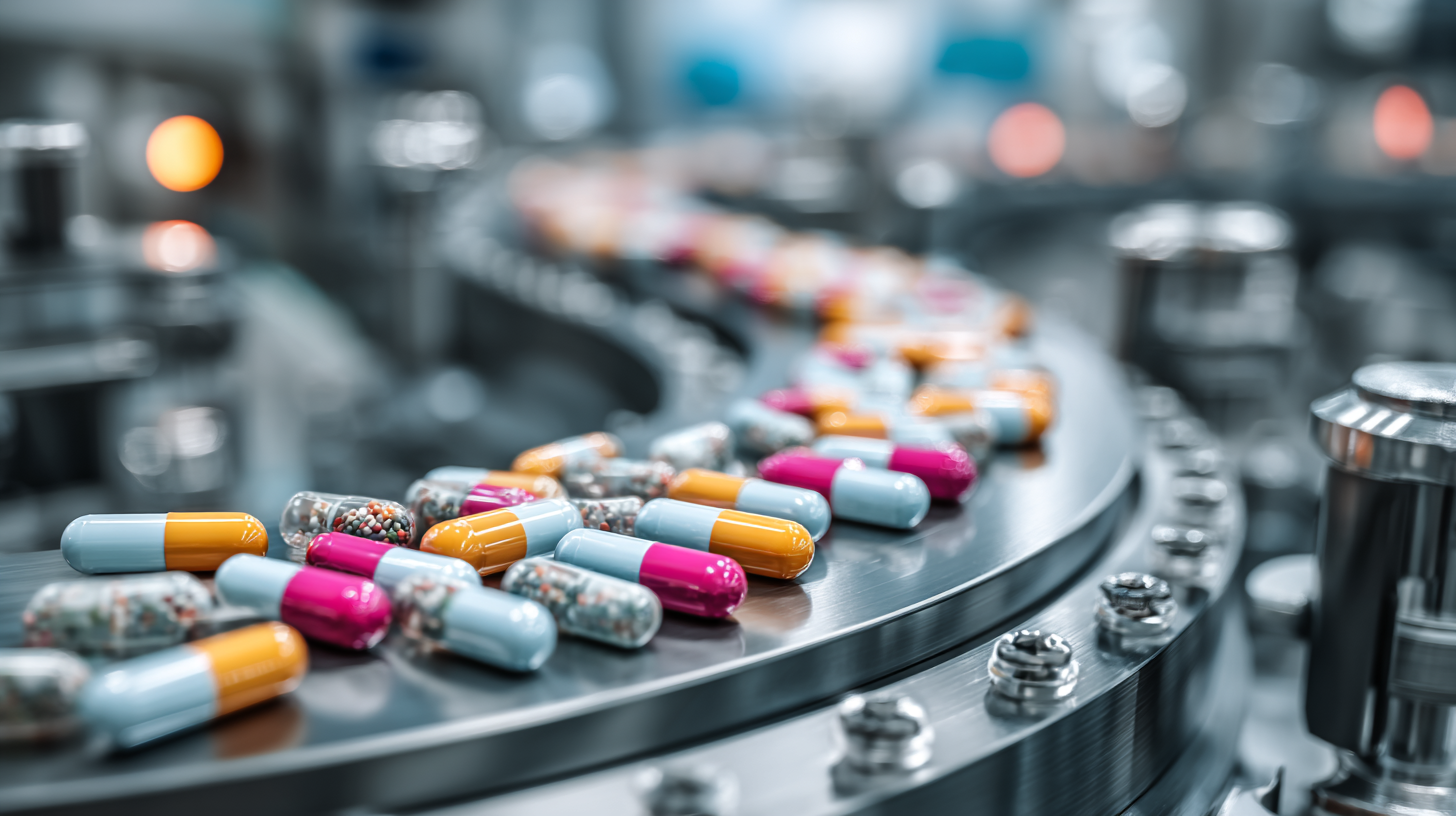
Related Posts
-
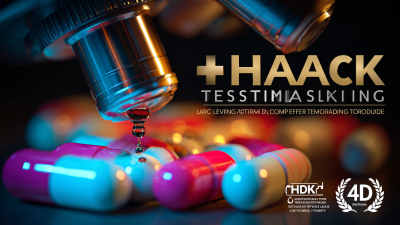
Evaluating Leading Pharmaceutical Testing Providers: A Comprehensive Comparison Guide
-
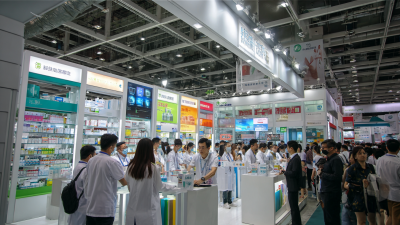
Exploring Pharmaceutical Supply Trends at the 138th Canton Fair in China 2025
-

Advantages of Choosing the Right Pharmaceutical Supplier for Your Business
-
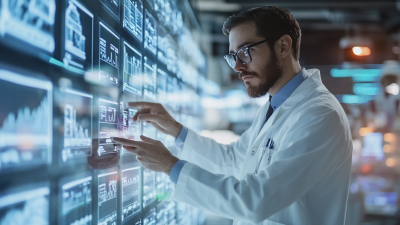
2025 Global Market Insights: 7 Essential Tips for Sourcing Pharmaceutical Products Effectively
-
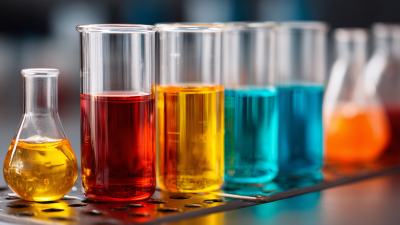
Exploring Peptide Api Manufacturing Opportunities at 2025 China 138th Canton Fair with Market Growth Insights
-

Understanding Industry Production Standards for Best Raw Powder in Your Manufacturing Process
